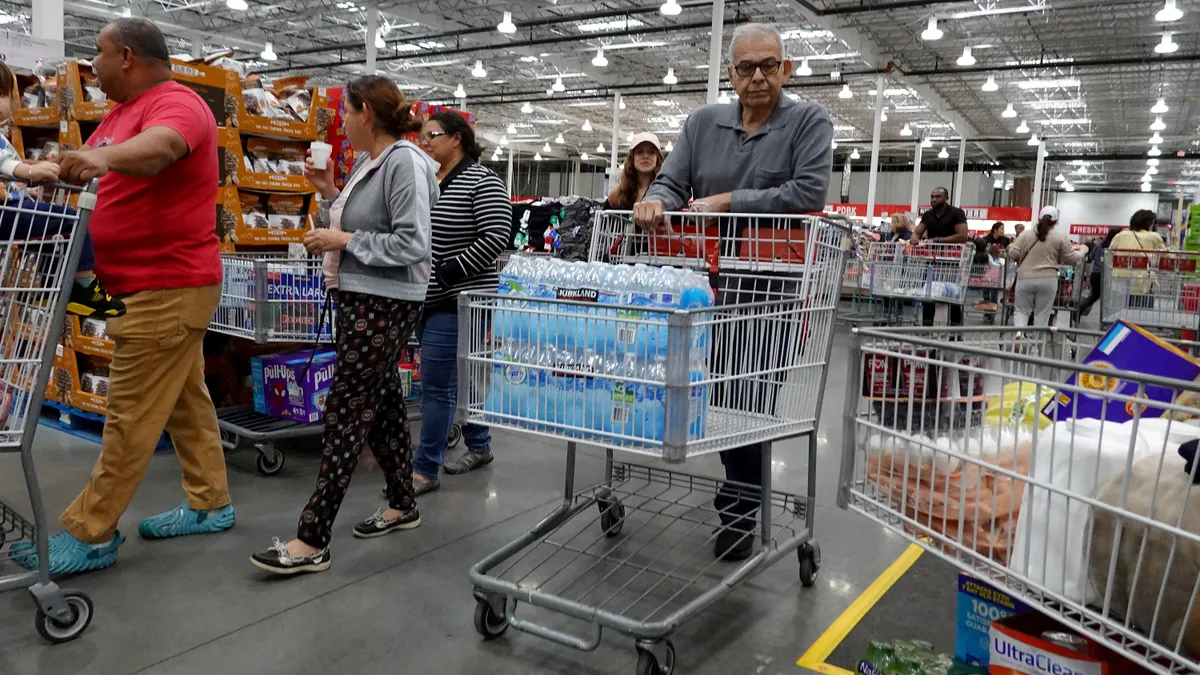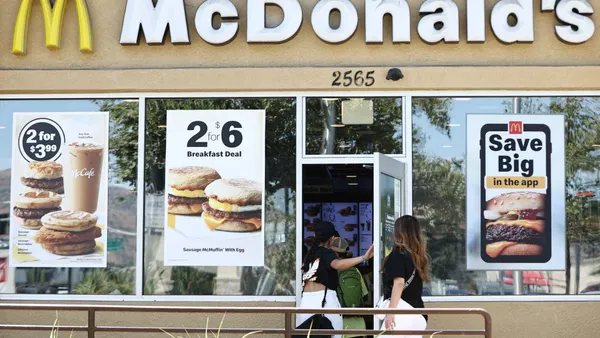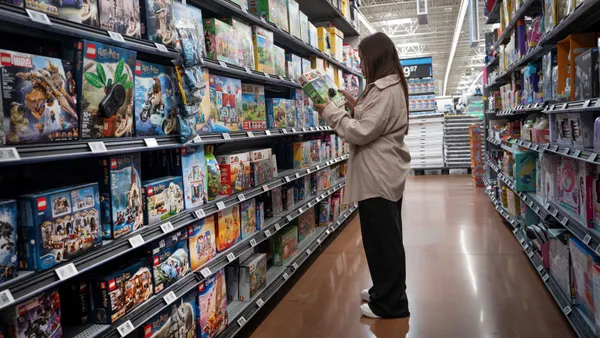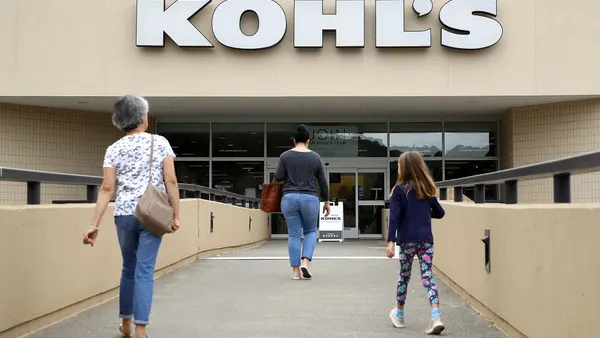Dive Brief:
- Stores are still the most popular channel to shop even as digital sales take on a growing percentage of overall retail sales, according to EY research released in June. Offline retail spend accounts for 77% in 2025 but is expected to drop to 73% by 2028.
- Fresh food, snacks and confectionery, processed food and nonalcoholic beverages were the most popular categories for which consumers shop in person, according to data from the EY Future Consumer Index, which surveys over 20,000 consumers spanning 27 countries.
- “Stores are still dominant,” said Jon Copestake, EY global consumer senior analyst. “And they will be in most categories for some time to come.”
Dive Insight:
Though AI tools for shopping continue to grow in popularity and e-commerce sales growth outpaces physical, retailers cannot neglect brick and mortar, according to Copestake.
“Stores are valuable assets,” Copestake told CX Dive. “If you were to consider cutting or eliminating store footprints because of the rise of online and the rise of AI buying, etc., then you may be missing a significant trick.”
The EY AI Sentiment Index, which surveyed 15,000 consumers globally, found that 3 in 5 consumers already use AI to shop. However, only a small portion will trust AI to make that purchase for them, Copestake said.
The grand majority — 94% — of consumers make purchase decisions in a store after browsing across channels.
For that reason, retailers ought to rethink how consumers experience stores and what they want out of them, Copestake said.
“Stores are really valuable for product discovery,” Copestake said. “They're really valuable for understanding promotions, offers, new product launches, etc., which you don't necessarily get through AI curation, because that's just going to give you what you want and what you've always bought.”
Retailers are also beginning to introduce fresh in-store experiences and services.
“Stores as spaces can be reimagined for lots of things,” Copestake said. “So in apparel and luxury, we're seeing more and more rental services, resale services and repair services creep into stores.”
Providing services in-store can diversify revenue streams and drive increased foot traffic and customer loyalty, according to EY.
Dick’s Sporting Goods, for example, is expanding its experiential House of Sport format, which offers immersive in-store experiences through features like climbing walls and simulated driving ranges. Executives say visitors to those locations stay longer and spend more than the typical Dick’s shopper.












